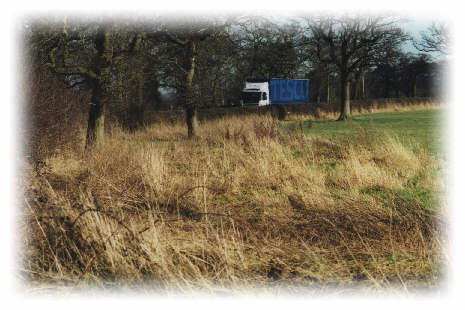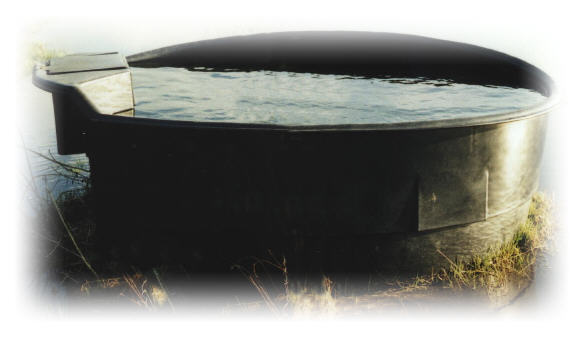-
- Habitat
needed
- Habitat
lost
- Habitat
maintenance
- Habitat
corridors
- Habitat
grants
- Nest
sites lost
- Nest site maintenace
- Nest Boxes
- Causes of
death
Main index
|
- Causes
of death

-
- The barn owl
is often tempted to hunt along canal sides,
railway embankments, river banks and roadside
verges for the prey which inhabits these grassy
corridors. To take advantage of these hunting
grounds the barn owls have to cross or fly along
roads and railways and its low-level drifting
flight invariably results in a high level of
mortality from collisions with road traffic as
many roadside hedges are quite low. In Cheshire
this is the highest cause of death for adult barn
owls and allowing hedges to grow high enough to
force the barn owls to fly higher than the
traffic would be beneficial. There are less than
10,000 barn owls in Britain & Ireland and
between 3,000 & 5,000 road deaths a year.
-
- Death can
also occur when consuming prey contaminated with
rodenticides, particularly in areas where the new
more potent poisons have been introduced or are
misused.
-
- Drought and
flooding affect the prey population and Barn owls
do not fair well in long periods of freezing
conditions. Starvation is a reported cause of
death of adult barn owls and shortage of prey
during the breeding season will inevitabley
result in a low number of owlets surviving.
-
- Fledglings
are also often found dead on the floors of barns
or beneath trees, having fallen from the nest. If
you find a distressed young barn owl beneath a
nest site don't take it into care, place it back
in the nest. Young owls often appear lethargic in
daylight but are usually only awaiting the
arrival of the adults with food. Every year many
owlets, mistakenly thought to have been deserted
by their parents, are taken unnecessarily to bird
rescue centres. (Barn owls which are found
injured, however, should be placed in a dark box
and kept in a warm place until veterinary advice
can be sought.)

-
- On farmland,
drowning in steep-sided water tanks is also a
commonly reported cause of mortality. Tanks are
attractive bathing sites but having vertical
sides provide no means of escape for a bird which
very rapidly becomes waterlogged. Drowning can be
avoided, however, by covering water tanks with
wire mesh, or by floating a close-fittinq plastic
raft cut from an old bakers tray in drinking
troughs. This allows livestock to continue to
drink but enables barn owls to escape.
-
- Recording
deaths and injuries can provide vital
conservation information so if you become aware
of either of these events then please Send
a sighting report to us.
-
|